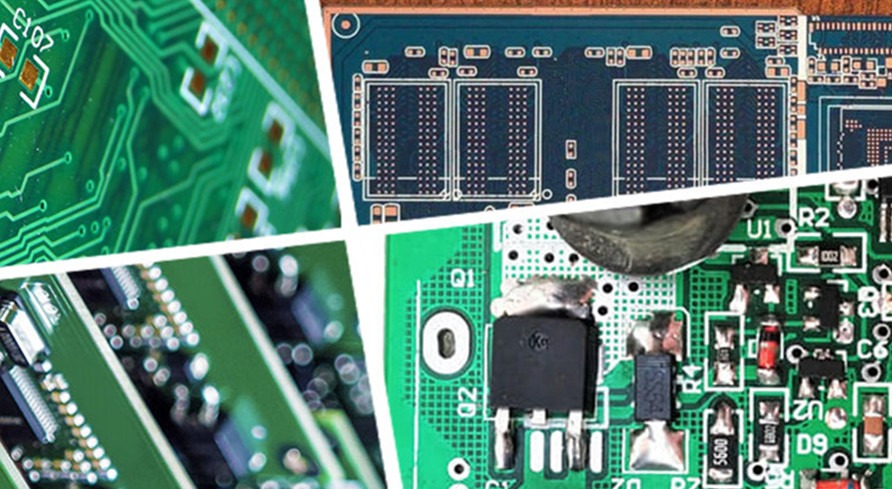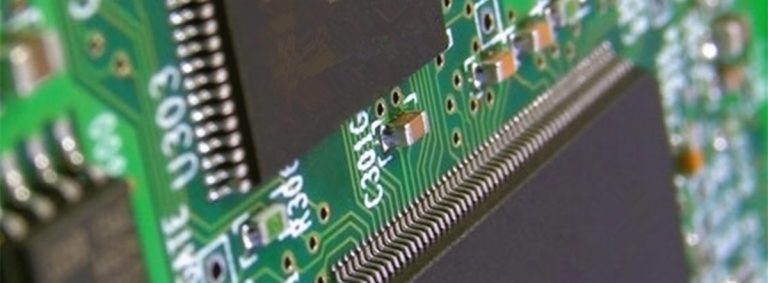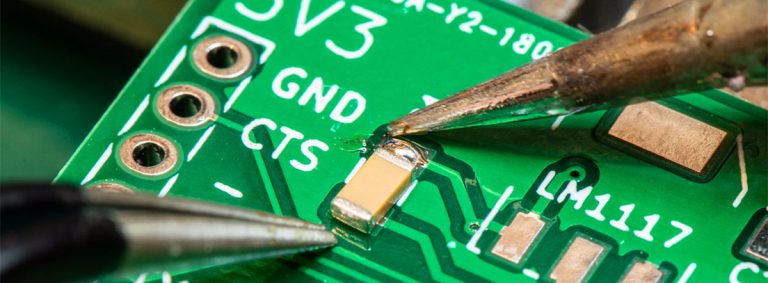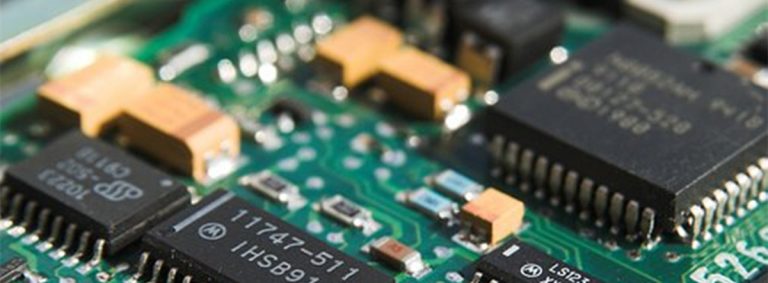What are the Common Faults and Solutions for SMT Chip Processing?

In the process of SMT patching, some common faults will inevitably occur, resulting in poor PCBA. So, what are the common faults and solutions for SMT chip processing?
1. Component displacement: After the patch glue is cured, the components are displaced. In severe cases, the component pins are not on the pads.
The Reasons: The amount of glue from the patch glue is uneven; the component displacement or the initial adhesion of the patch glue is small during the patch; the PCB placement time after dispensing is too long, and the glue is semi-cured.
The Solution: check whether the glue nozzle is blocked, and eliminate the uneven glue discharge; adjust the working state of the placement machine; replace the patch glue; the PCB placement time after dispensing should not be too long, etc.
2. Chips will drop after wave soldering: After curing, the bonding strength of components is not enough, and sometimes chips will appear when touched by hand.
The Reasons: The parameters are not in place, especially the temperature is not enough; the size of the components is too large, the heat absorption is large; the curing light is aging, and the amount of glue is not enough; the components/PCB are polluted.
The Solution: Adjust the curing curve, especially increasing the curing temperature; usually the peak curing temperature of thermal curing adhesives is critical. Observe whether the curing light is aging, whether the lamp tube is black; the quantity of glue, and whether the components/PCB are polluted, etc.

3. Component pins float/displace after curing: The cured component leads the glue to float or shift. After wave soldering, the tin material will enter under the pad, resulting in a short circuit and an open circuit.
The Reason: uneven patch glue, an excessive amount of patch glue, and component deviation during the patch.
The Solution: adjust the dispensing process parameters, control the dispensing amount, and adjust the patch process parameters.






